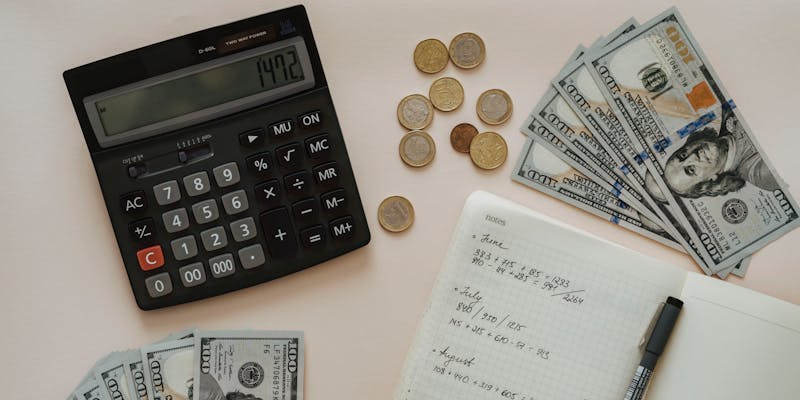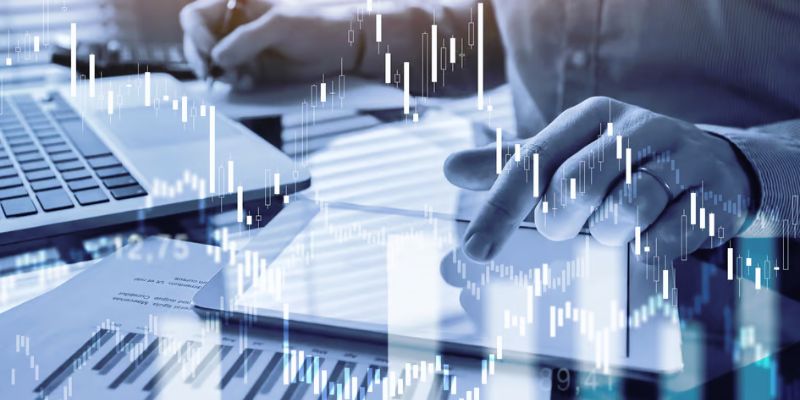Company capital goods are tangible assets used to make consumer products and services. These physical assets include buildings, machinery, equipment, vehicles, and tools essential to manufacturing. Capital goods provide manufacturing and service infrastructure and instruments, unlike consumer products and services, which are the ultimate result. Capital products are long-lasting and valuable for corporate operations. They underpin an organization's productivity, enabling consumer product production. Capital goods drive corporate productivity and efficiency across sectors.
Types of Capital Goods
As physical assets essential to manufacturing, capital goods cover many products beyond traditional machinery and tools. Equipment ranging from simple wire harness assembly to complex systems for high-resolution digital photography and air-purifying respirators are all considered capital goods in the industrial electronics sector. The wide range of things essential to production in this sector is demonstrated here.
Capital products that are customized to meet the demands of service firms are also important. Capital goods encompass a wide range of items, not only those used in conventional manufacturing but also those that are vital to service-oriented occupations.
"Plant, property, and equipment" is the accounting term for capital goods examples, considered fixed assets. This classification highlights its function in sustaining a company's activities over a long period and its long-term character. Accounting for capital goods acknowledges their importance in boosting a company's total productive capability, whether a service or manufacturing firm. Capital goods play a crucial role in many industries, influencing production and service delivery in various ways.
Consumer Goods VS. Capital Goods
There are two main types of economic commodities—consumer goods and capital goods—and they both play an essential role in production and consumption. and Consumer Goods VS. Capital Goods is debatable.
Milk, appliances, clothing, and countless more make up consumer goods, the finished products accessible for direct purchase by end-users. Products like these are the actual results of manufacturing, satisfying the wants and requirements of consumers right now.
On the contrary, capital items are integral to the manufacturing process. Manufactured items are created using these physical assets, which include tools, machinery, and equipment. Capital goods are more often used to increase the capacity and efficiency of industrial facilities rather than supplied directly to customers. On the other hand, private jet ownership is an example of how some capital products—like airplanes—can also be perceived as consumer commodities when bought directly by people or corporations for personal use.
Capital goods enable the manufacture of consumer products, which in turn satisfies customer expectations. In contrast, consumer goods immediately meet consumer desires. This differentiation emphasizes the mutual dependency of these two groups and how they supplement one another in the economy as a whole.
Examples of Capital Goods

Factories with Assembly Line Equipment
Examples of capital goods include factories with assembly line machinery. These include conveyor systems, robotic arms, and vehicle and truck manufacturing equipment. These capital goods boost automobile sector productivity by improving efficiency and large-scale manufacturing.
Manufacturing Machines and Technology
3D printers, CNC equipment, and industrial robots are capital goods in several production industries. Precision manufacturing, automation, and production process optimization depend on these assets, affecting product quality and quantity.
Train and Communication Line Infrastructure
Capital goods include transportation infrastructure like trains and communication cables or broadband lines. Communications and data transfer are essential for economic and social functioning, and trains convey goods and people.
Coffee Machines
Coffee machines are capital goods in coffee shops. This equipment is essential for making coffee, the company's specialty. High-quality coffee machines improve coffee processing, affecting the shop's capacity to satisfy client demand.
Delivery Cars
Vans and vehicles used by delivery businesses are capital commodities. These assets convey items from distribution centers to customers, supporting the company's logistics and supply chain.
Restaurant Ovens
Capital items like restaurant ovens help prepare food. These specialized culinary appliances improve the restaurant's output, menu, and service.
Business Landscaping Equipment
Lawnmowers, trimmers, and leaf blowers are the capital for landscaping and gardening enterprises. These products improve outdoor maintenance efficiency, helping firms deliver landscaping services.
These capital goods examples highlight how it helps to improve production, efficiency, and company operations across sectors.
Why Are Capital Goods Important?
Capital goods are vital to an economy for several reasons. First, they streamline complicated, time-consuming manual production processes to boost productivity. Machinery and equipment let companies produce more things faster and cheaper, increasing staff productivity and income. Grown efficiency benefits companies and boosts the economy.
Additionally, the correct capital goods improve organizations' financial prospects. Investment in proper machinery can yield a high return on investment by producing a significant quantity of high-quality items quickly. Production capacity increases sales and earnings, making enterprises more attractive to investors. Financial solid performance draws cash and resources, promoting expansion.
Moreover, capital goods are trustworthy economic indicators. Company investments in capital goods like equipment and machinery indicate a desire to boost production. This production increase only occurs when economic conditions are favorable or predicted to boost sales. Thus, capital goods spending can expect economic growth.
Downsides of Capital Goods

Capital goods benefit enterprises and economies, but their usage and acquisition have drawbacks. One negative is the high initial expenditure needed to buy and maintain capital goods. Machinery, equipment, and other capital assets are expensive, especially for small enterprises and startups with limited funds. Financial hardship may increase loan and external funding use, leading to debt and economic instability.
Technological obsolescence is another drawback. Rapid technological breakthroughs may make capital goods obsolete soon. Innovative equipment may become outdated quickly, needing periodic modifications to stay competitive. Keeping up with technology increases costs and requires ongoing effort.
Complexity makes running and maintaining some capital assets difficult. Specialized machinery needs trained operators and frequent maintenance to work well. Training programs and specialist staff may increase operating expenses for businesses. Downtime and manufacturing delays from unanticipated breakdowns can also hurt efficiency and revenue. Also, environmental factors affect the drawbacks of capital products. Industrial machinery and infrastructure may pollute or waste resources. Environmental standards and sustainable practices may need additional investments, lowering capital goods cost-effectiveness.
To ensure sustainable economic development, businesses must carefully balance the benefits of capital goods, such as increased productivity and efficiency, with their drawbacks, such as high initial costs, technological obsolescence, operational complexities, and environmental impacts.




